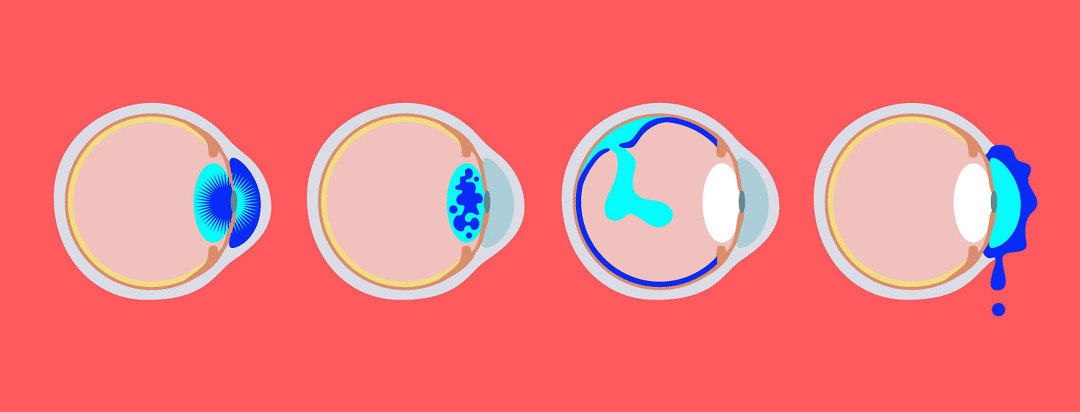Eye Injection Side Effects 101
I am getting eye shots now...maybe. It is also possible I am in the sham group for the study because I am not feeling a thing and there have been no noticeable marks. Just the same, since being an informed consumer is always a good thing - except when it comes to what they put in hot dogs and bologna; that you do not want to know! - I thought I would look into eye shots.
What are the side effects of intravitreal injections?
The list of potential side effects of intravitreal injections - read “eye shots” - has five items according to Novartis. These are endophthalmitis, intraocular inflammation, rhegmatogenous retinal detachment, retinal tears and traumatic cataracts.1 Alrighty then...back to the web for some definitions.
What is endophthalmitis?
According to the American Acadamy of Ophthalmology, endophthalmitis is a fancy - and long! - term for pus inside your eye. Yuck. Pus is, obviously, related to an infection. Something during your procedure was not sterile.2
Intraocular inflammation is sort of self-explanatory.
What is rhegmatogenous retinal detachment?
So is “retinal detachment” but I need to look up rhegmatogenous. According to the lovely folks at MayoClinic, rhegmatogenous retinal detachment is the most common form of retinal detachment. It happens slowly, over time. A tear in your retina allows fluid behind it and the fluid slowly pulls the retina away. Rhegmatogenous retinal detachment is generally caused by those “strings” that are in your vitreous fluid. During natural aging the vitreous body shrinks and if one of those strings is stuck to the retina, there will be a tug and the retina comes with it.3
Learn something new every day...or at least we should.
What are the signs of retinal detachment?
Anyway, signs of retinal detachment. This is important information, so listen up! Retinal detachment really can leave you blind. MayoClinic lists the following signs: the sudden appearance of many, many floaters, flashes of light in one or both eyes, blurred vision, reduction of peripheral vision, and a curtain-like shadow on your visual field.3
If you have any of these symptoms, don’t waste time! Get to the doctor immediately!
Retinal tears are just what they sound like. They are serious and require attention.
What are traumatic cataracts?
The last one has been getting a lot of attention recently. I have seen several articles on traumatic cataracts, suggesting they are becoming a problem. Traumatic cataracts occur when either a blunt or penetrating trauma injuries the lens of the eye. Like in all cataracts, the lens becomes cloudy.
What injures the lens of the eye?
Of course, the primary reason for traumatic cataracts in relationship to eye shots is a poorly aimed needle. The Novartis people suggest guidelines for retinal specialists administering the shots.1 For us, I would suggest we all just follow directions and give him a target a safe distance from the lens. Since Novartis suggests not injecting the same site repeatedly, you may find yourself receiving injections at different spots. So far, my grand total of two, “maybe” shots have been lower left, but since I don’t even know if I have had shots, I cannot tell you if he changed the site!
So that is what I have learned so far about eye shots. Anything to add?

Join the conversation